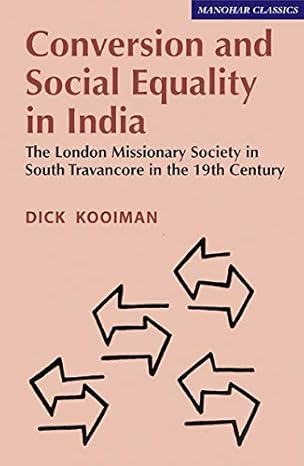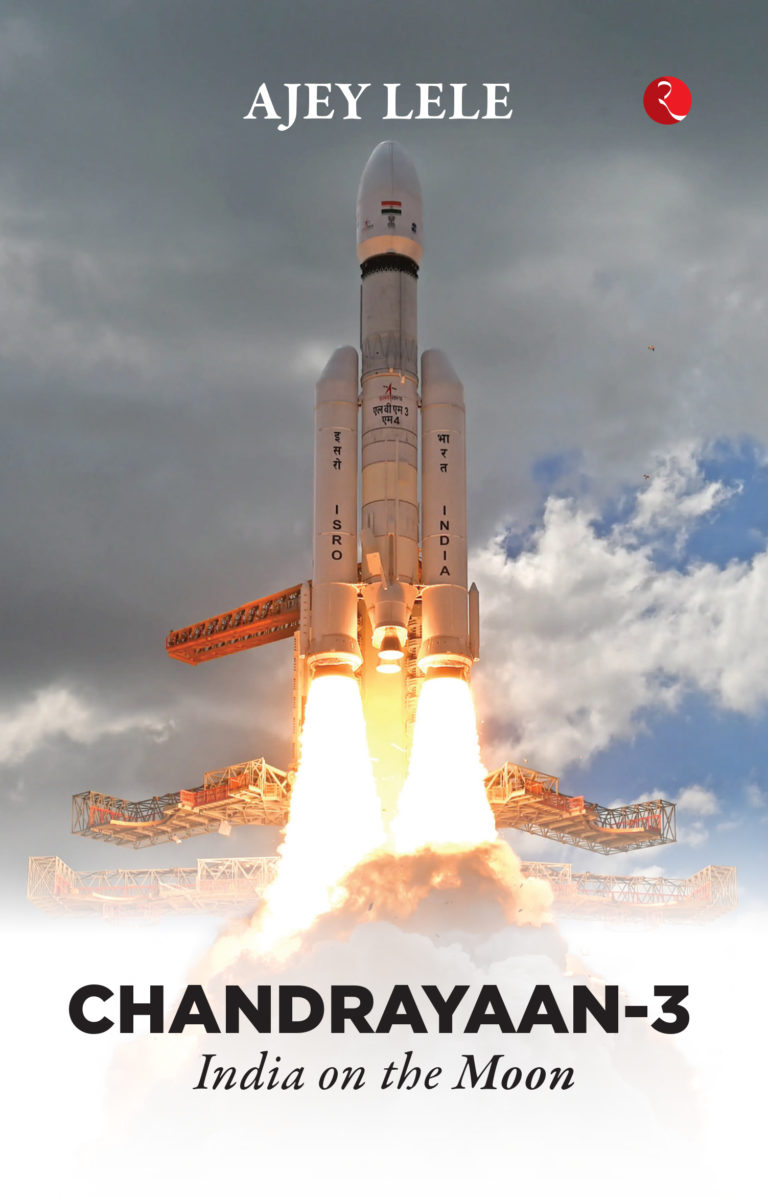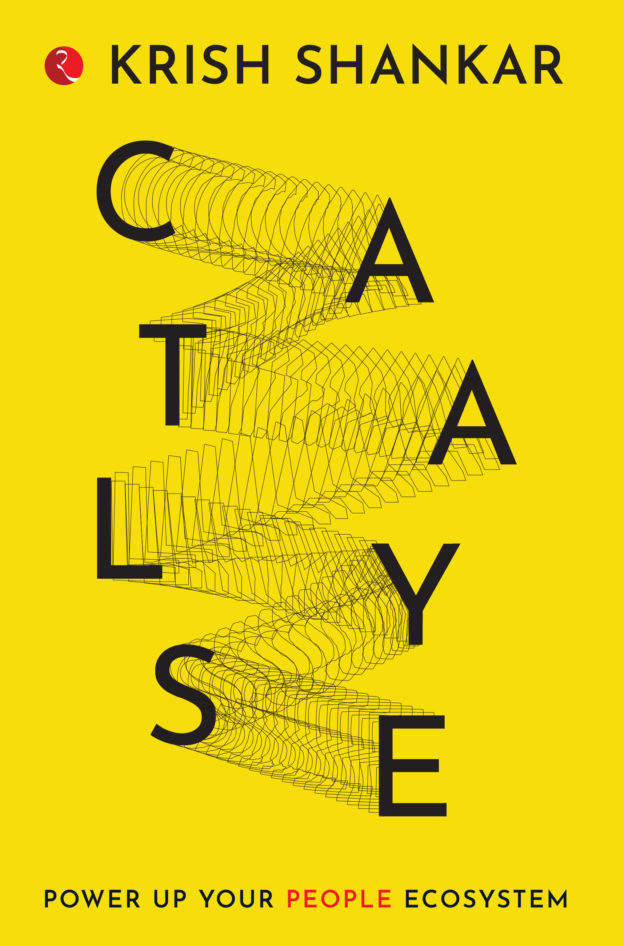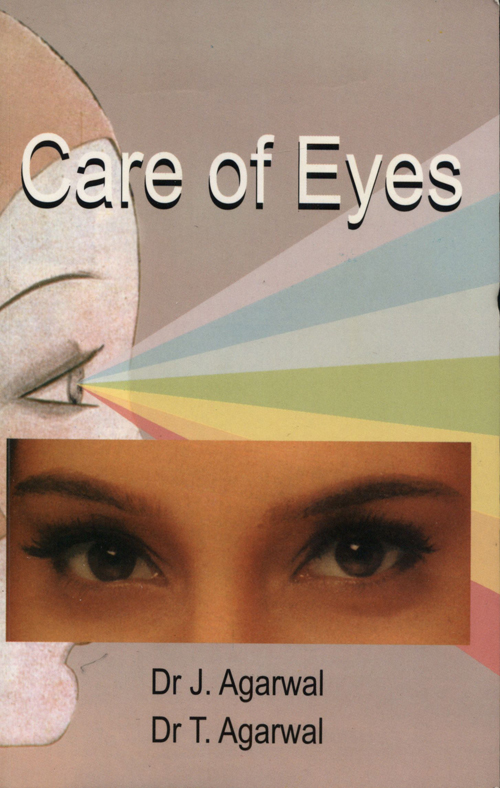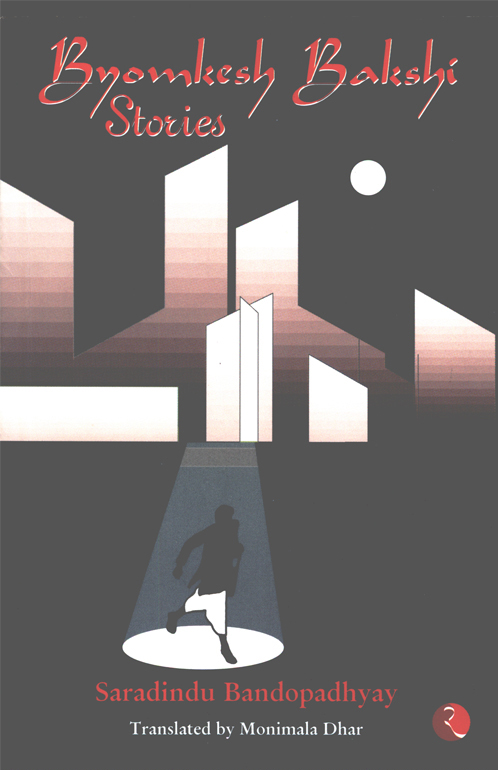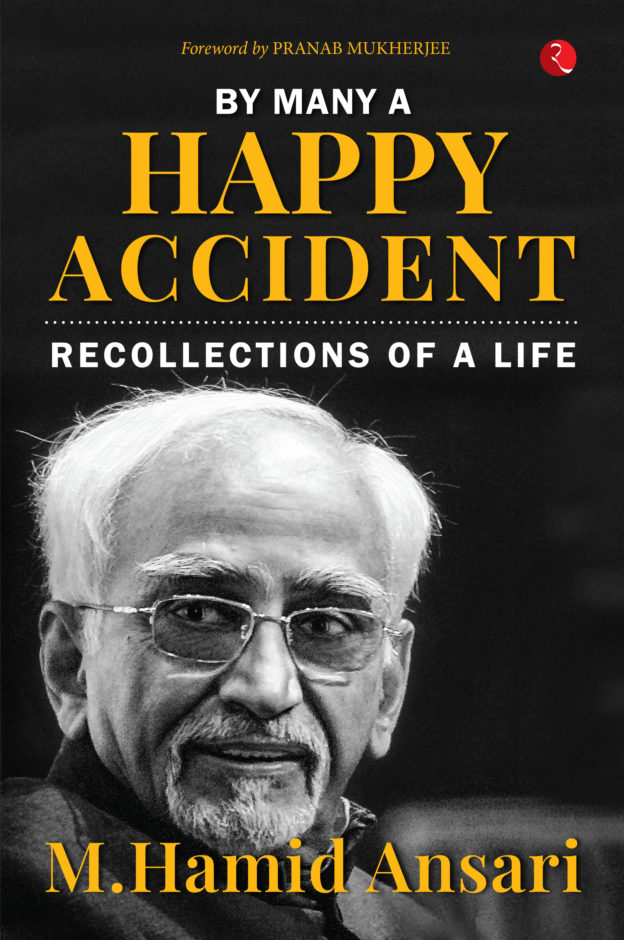Conversion and Social Equality in India: The London Missionary Society in South Travancore in the 19th Century
no information available
Conversion in India should not be narrowed down to an individual moment of divine grace or a Gandhian change of heart. It is closely linked with the social aspirations of groups that suffer from discrimination and oppression. Since religion is supposed to cover all aspects of life the author argues that for untouchable caste communities a change of religion may serve as an idiom of social mobility in some respects closely resembling the more general process of Sanskritization. From the beginning of the nineteenth century the Christian missionaries' preachings attracted a large number of poor untouchables who tended to understand the Gospel in terms of their immediate needs and interests. These missionaries were in search of 'pure' converts and often felt disappointed when they found that material considerations played a large part in conversion movements. However learning by experience they came to show a growing awareness that concern for the material welfare of the people constituted a legitimate part of their calling. The book analyses the confrontation between Evangelical missionaries from Victorian England and low caste communities in the Hindu social order in the social setting of Travancore an Indian native state tucked away in the south-west corner of the Indian peninsula. However the problems like social stratification and cultural change dealt with by the author in the book concern a much wider field than Travancore or India alone. The author has used an impressive amount of missionary source material hitherto largely unexplored both in England and India. About the Author Dick Kooiman studied Asian history and Sociology in Amsterdam. His Ph.D. thesis was on the emergence of labour organizations in the Bombay textile mills before the First World War (1978). As associate professor he has been teaching Asian history in the Amsterdam Free University publishing widely on plantations christian missions and ceremonial traditions at the Indian princely courts. He retired from academic life in 2007.
... Read more Read less
